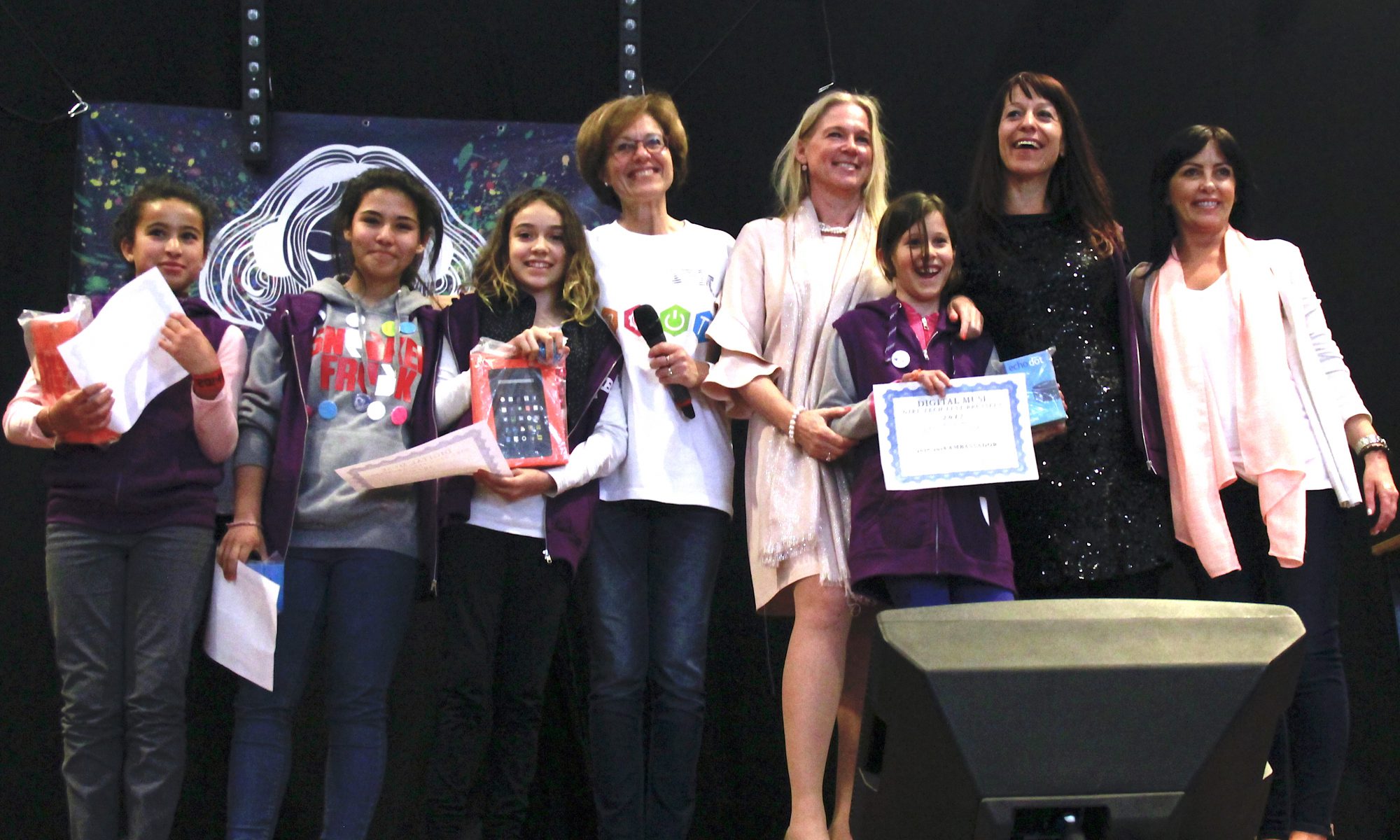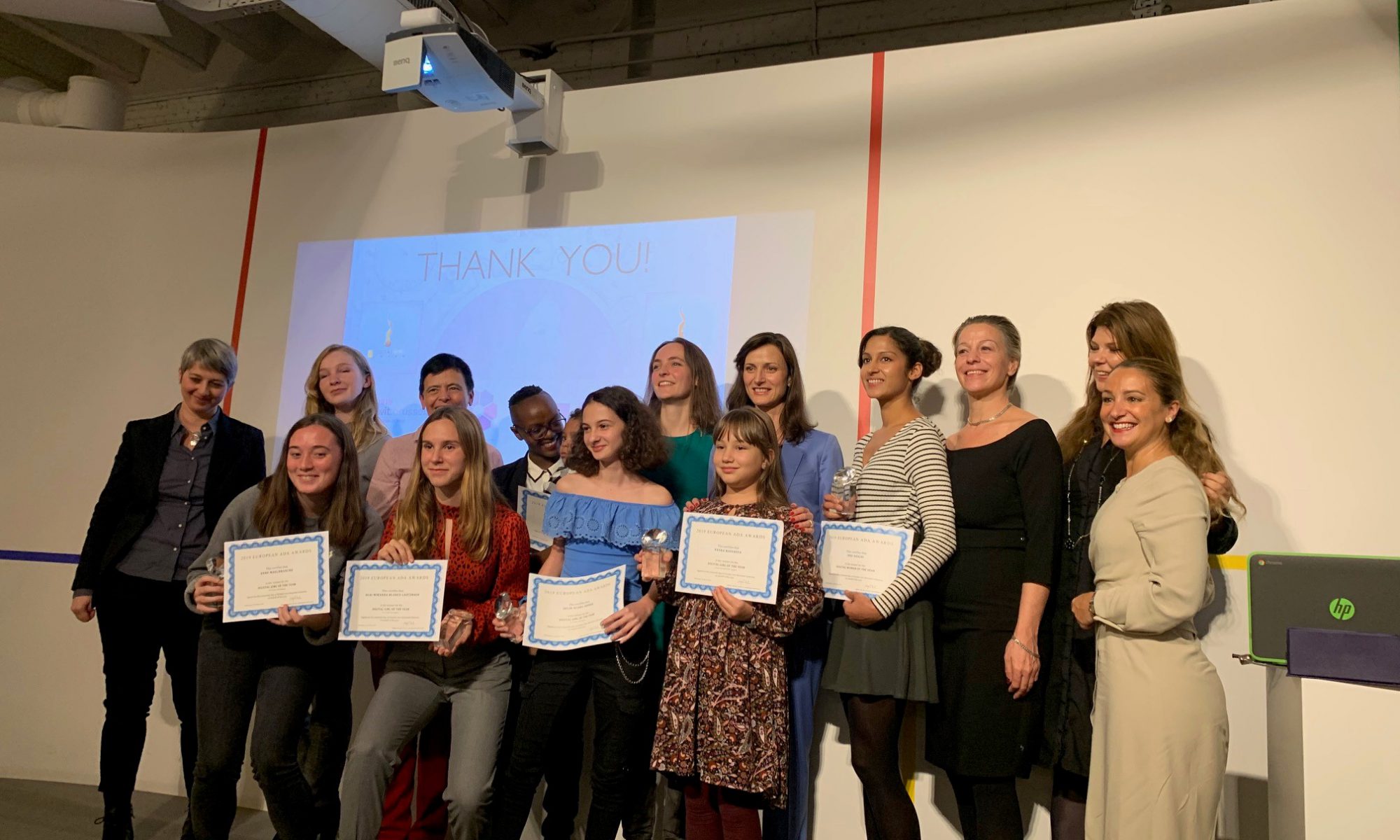Lessons from the EU on Closing the Digital Gender Divide
By Cheryl Miller Van Dÿck, Head of W20 EU Delegation
(Originally published on the Sasakawa Peace Foundation website in English and Japanese)
W20 Series – Special Feature on Digital and Reskilling
The G20’s official engagement group Women 20 (W20) has identified the gender digital divide as one of its key challenges and has included it in its policy recommendations to G20 countries. While there are concerns that the accelerating pace of technological advancement in recent years will further widen the gender digital divide, initiatives to close the gender digital divide have started around the world by utilizing digital technologies and reskilling. As a spin-off of the feature articles of W20 Series which introduce works and activities of the W20 and its delegates, this series will showcase the case studies of empowering women through digital technologies and reskilling women in the G20 countries.
(W20 India Website: https://w20india.org/)
In this article, Cheryl Miller Van Dÿck, Head of W20 EU Delegation and Director of the Brussels-based Digital Leadership Institute that promotes women’s empowerment using digital technologies, will introduce EU initiatives in two parts. In Vol. 1, the importance of bridging the digital divide and the EU government policies are discussed, which is followed by Vol. 2, which will feature the specific initiatives for digital reskilling being conducted in the EU.
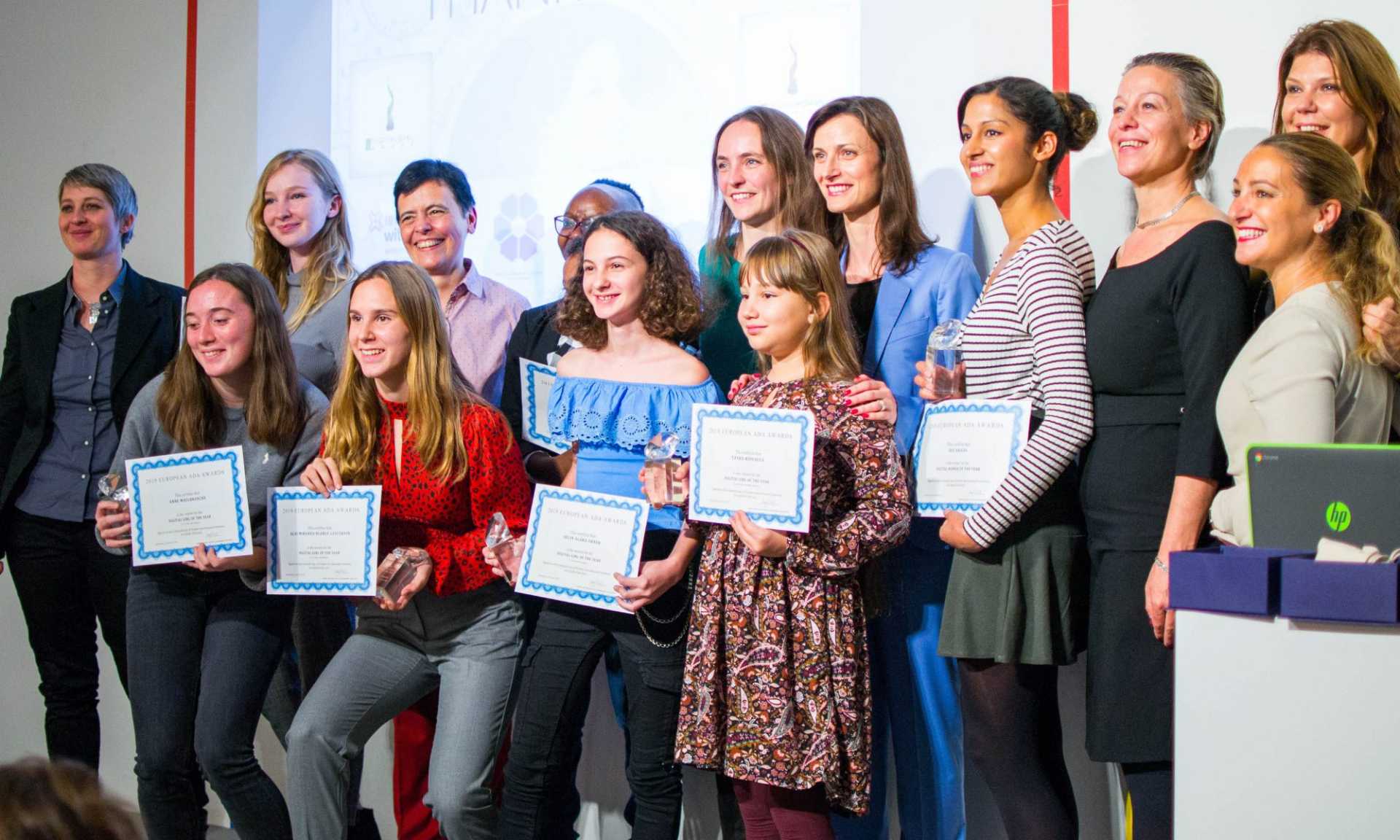
A Worldwide Phenomenon of the Digital Disruption
Anywhere in the world today, a woman is:
• Less likely to be online;
• More likely to have low or no digital skills;
• Much less likely to be an IT professional; and
• Far less likely to launch a technology-driven startup.
As a result of the foregoing, women are at greater risk of being excluded by the digital disruption that has transformed society—a situation exacerbated by climate change, pandemics, geopolitical disruption, and economic uncertainty. This reality poses a great risk to women’s financial independence, economic resilience more generally, and to sustainable development.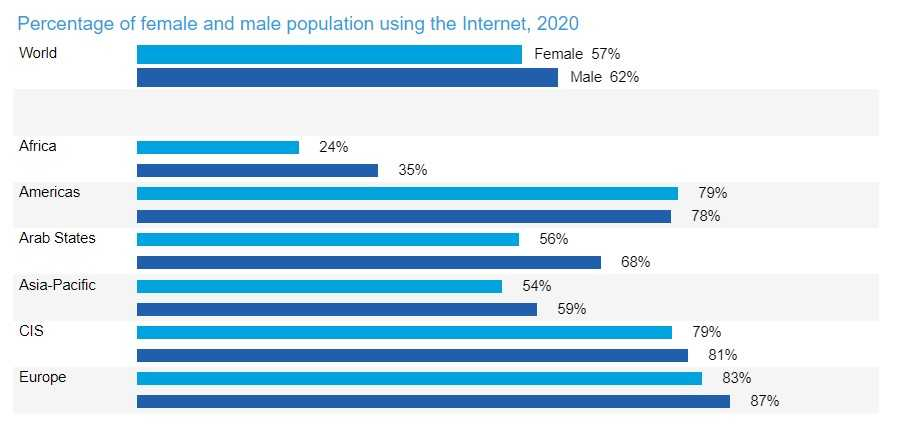
Percentage of female and male population using the Internet, 2020 (Source: ITU)
A key characteristic of the digital disruption which cuts across geographic locations and socio-economic conditions is that, no matter where she is in the world, a woman is less likely to be online than a man. Of the Earth’s 7.8 billion human population as of 2020, women make up fifty-seven percent and men sixty-two percent of people who are online, reflecting 234 million fewer women online overall. Despite a surge in online participation during the COVID pandemic, the rate at which women go online continues to lag behind. This ubiquitous and persistent trend represents the digital divide compounded by the gender gap which, without focused effort to address it, risks deepening. This global phenomenon is recognised as the gender digital divide.
In countries where digitalisation has a firmer hold, women are still less likely to have digital skills, take up formal computer science and other STEM studies, or hold technical and leadership roles in IT organizations. Globally, the founder of a technology-driven enterprise is five times more likely to be a man than a woman, and in many places, the ratio is closer to ten-to-one. In addition to the yawing social divide this reality reflects, it also represents a loss for the global economy and for women themselves who are unable to fully realise their potential as economic agents in an increasingly digital society.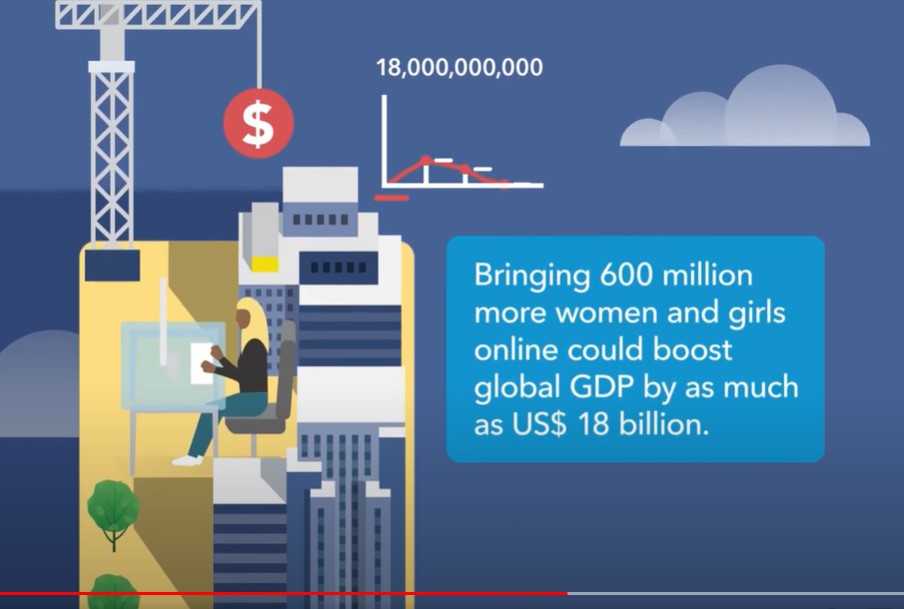
The UN reported that bringing women and girls online could boost global GDP. (Source: ITU)
In 2013, the UN reported that bringing 600 million women and girls online could boost global GDP by up to $18B. A European study in 2018 suggests that greater participation of women in the ICT sector would contribute as much as €16B annually to the European economy alone. Especially as a response to the COVID-induced “She-cession,” action to tackle the gender digital divide presents an opportunity to improve women’s economic agency, address the digital skills and job gap, and promote sustainable development.
As a path out of economic adversity, women everywhere turn to entrepreneurship, making women-led enterprise one of the most dynamic facets of the global economy, although it is not a consistent policy priority. GEM research in 2019 indicates that $5T would be added to the world’s economy if women participated in entrepreneurship at the same rate as men. The COVID pandemic disproportionately impacted women—forcing millions out of the workplace, many permanently. In response, entrepreneurship is and will continue to be a key factor in sustaining financial independence for women and supporting economic recovery.
In the digital society, economic participation is increasingly linked to skills that support both digitally-enabled and digitally-driven entrepreneurship, where women face a de facto disadvantage in both areas. A lack of digital skills to build, launch and manage enterprises, including in online marketplaces and supply chains, creates a persistent barrier to entry for women seeking to participate as entrepreneurs in the digital economy. A lack of specialised digital skills, including as experts in academia and industry, further limits the ability of women to contribute as innovators, researchers, entrepreneurs and leaders in the digital society. The uptake of artificial intelligence, and the inherent risk it poses to intensifying social inequities, can further amplify this problem.
The Policy and Measures of the EU to Bridge the Digital Gap
On March 5, 2020, Ursula von der Leyen, the first woman President of the European Commission, launched the EU Gender Equality Strategy 2020-2025 whose key objectives include closing gender gaps in the labour market and achieving equal participation between women and men across all sectors of the economy. In January 2023, the Digital Decade for Europe 2030 policy went into force which explicitly aims to close the gender gap among IT specialists as a key driver for achieving the twin digital and green transitions in Europe.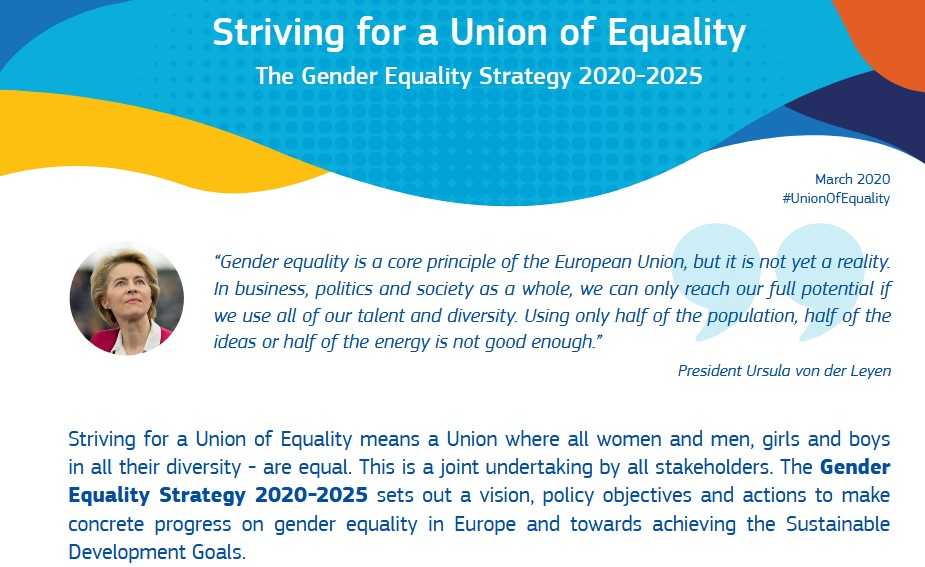
President Ursula von der Leyen launced the EU Gender Equality Strategy 2020-2025. (Source: The European Union)
Increasing participation of women in digital fields is thus prioritised as a contributor to achieving the European Green Deal which, among other things, aims to make Europe a net-zero emitter of greenhouse gases by 2050. This priority has also set off a cascading set of programming and policy actions in Europe to tackle inequalities related to skills, care and other issues that might otherwise constrain women from enjoying full economic agency and fairly contributing to the digital society.
In this context, during her recently concluded mission as EU Commissioner for Research, Mariya Gabriel instituted several ground-breaking changes to the €95.5B Horizon Europe funding scheme which aim to increase gender equality across the European Research Area (ERA), and thus in STEM fields and startup. These include a focus on gender balance among Horizon Europe research program evaluators, advisory bodies and researchers; and targets for women-led companies and advisory structures within entrepreneurship programs, a dedicated initiative to support women-led startups, and a women innovators prize.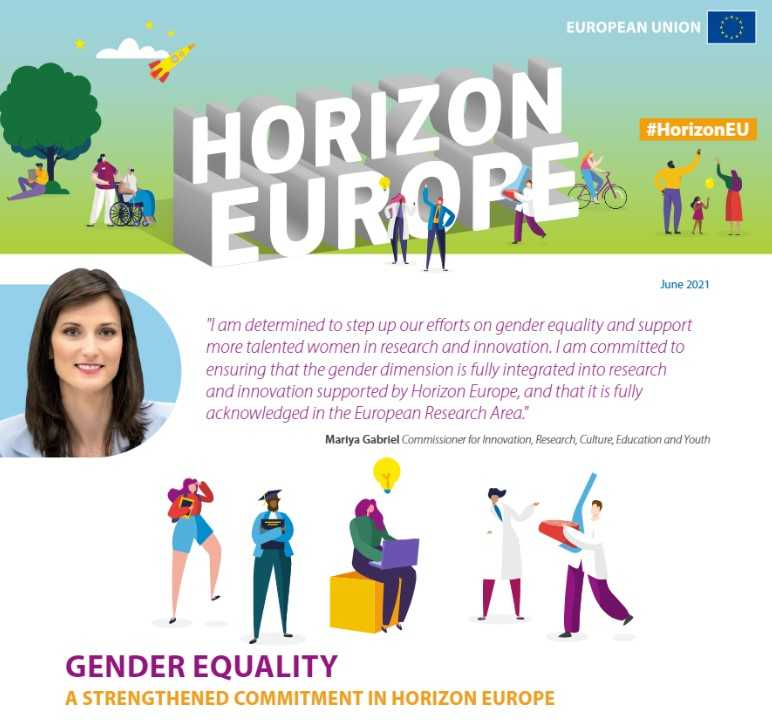
EU Commissioner for Research, Mariya Gabriel initiated to increase gender equality across the European Research Area. (Source: The European Union)
Leadership like the foregoing is essential to achieving digital equity and improved economic agency for women in Europe because EU multi-annual financial framework (MFF) funding schemes, like Horizon Europe, underwrite countless EU member state activities that contribute to increased participation of women in STEM and startup. MFF and other funding programs such as ERASMUS+, which specifically supports the European entrepreneurship ecosystem, contribute critical funding for EU civil society-led digital skills and startup programs, many of which aim to increase gender equality in technology fields, including entrepreneurship.
All together, the policy, funding and program-delivery ecosystem in the European Union has become increasingly successful at programming like the foregoing which promotes digital equity for women’s economic agency, contributes to financial independence for women, and makes inroads on the sustainable development goals and other global challenges. This approach deserves replication, all or in part, because it contributes to:
• Reducing the risk of marginalisation posed to women by digital disruption;
• Addressing the global digital skills and job gaps;
• Supporting a pathway to increased workforce participation and entrepreneurship by women;
• Harnessing the creative capacity of women for sustainable economic development; and
• Promoting women’s full economic, social and political agency.
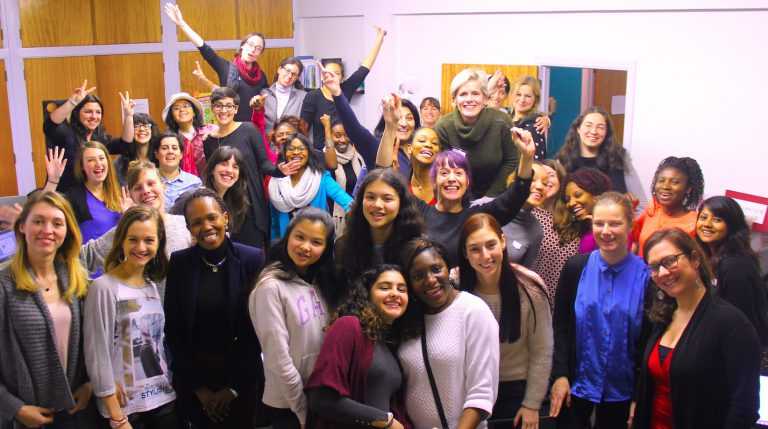
In the following article, “W20 Series: Digital Equity for Women’s Economic Agency in the European Union Vol. 2” will feature the specific initiatives of digital reskilling in the EU.

Author’s Profile
Cheryl Miller Van Dÿck is Director of the Brussels-based Digital Leadership Institute, Head of EU Delegation to the G20 Women20, and Chair of the Education, Skills Development and Labour Force Participation Task Force, 2023 G20 India Women20.
